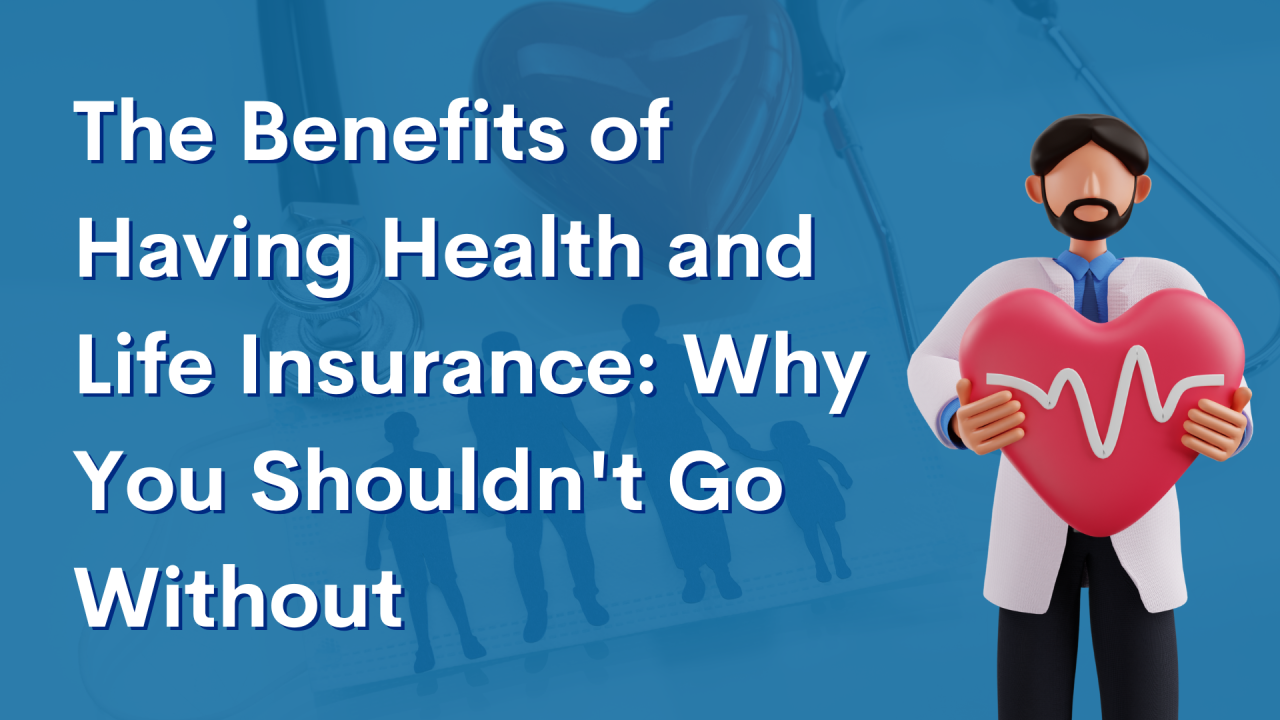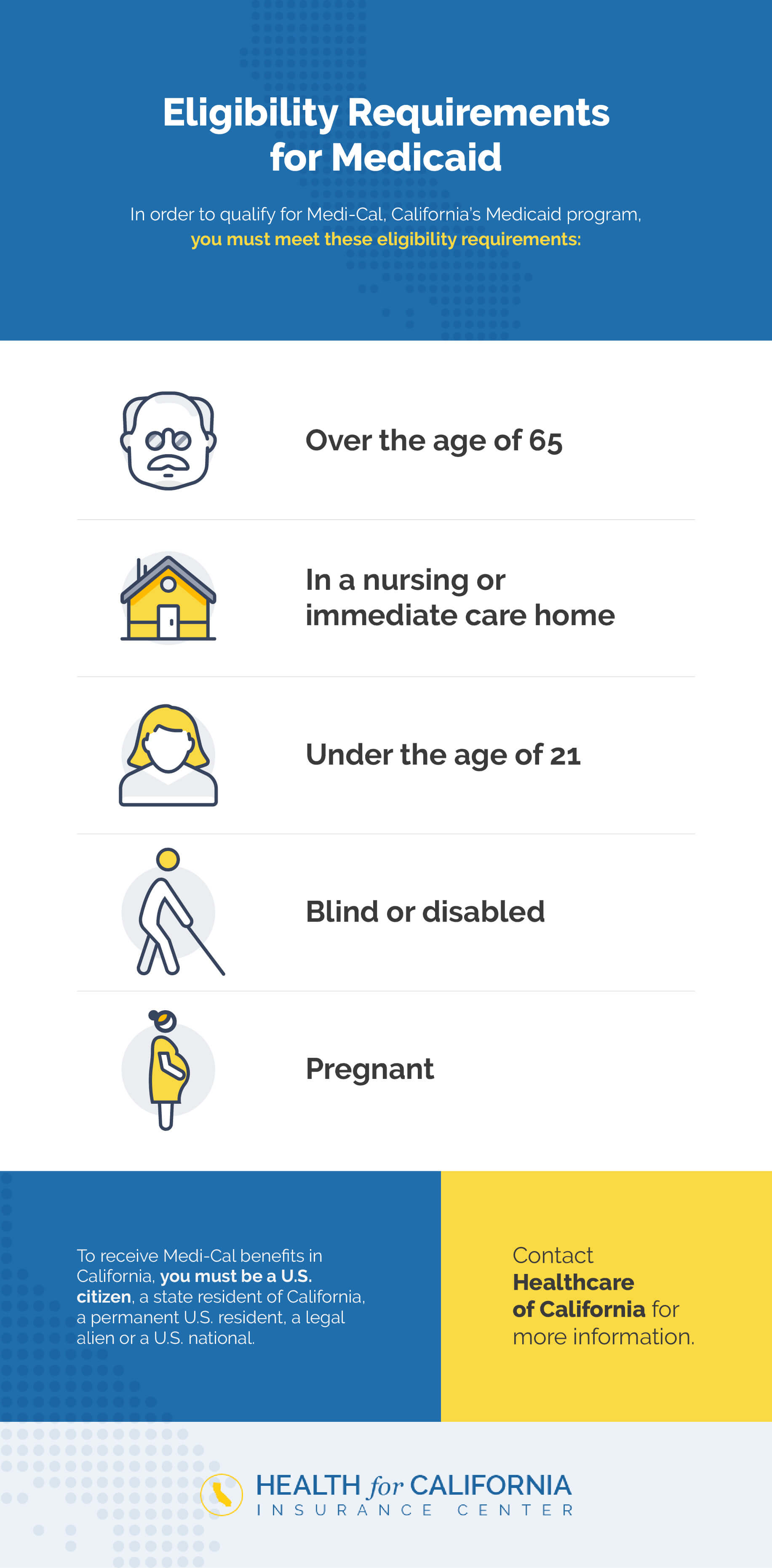What Does Medicare Advantage Agent Mean?
What Does Medicare Advantage Agent Mean?
Blog Article
Some Known Details About Medicare Advantage Agent
Table of ContentsSome Known Details About Medicare Advantage Agent What Does Medicare Advantage Agent Do?Not known Factual Statements About Medicare Advantage Agent

complies with from confusing the reasonably young age account of the uninsured with the far better health and wellness, on standard, of younger individuals. This obscures the web link between wellness status and medical insurance. For those without accessibility to work environment medical insurance, poor wellness is a prospective obstacle to buying nongroup coverage since such insurance coverage might be extremely priced, omit pre-existing conditions, or be merely unavailable. The variety of without insurance Americans is not especially huge and has not transformed in the last few years. 7 out of 10 respondents in an across the country depictive survey believed that less Americans lacked medical insurance than really do(Fronstin, 1998). About half(47 percent )thought that the variety of people without medical insurance decreased or stayed consistent over the latter half of the last decade(Blendon et al., 1999). This decline of almost 2 million in the number of people 'without insurance policy (a decrease
of around 4 percent)is certainly a positive modification. With a softer economic climate in 2000 the most up to date reported gains in insurance coverage may not continue(Fronstin, 2001 ). The decline in the number of without insurance will certainly not proceed if the economic situation stays slow and healthcare expenses remain to outmatch inflation. This is because the data were accumulated for a duration of solid financial efficiency. Of the approximated 42 million people who were uninsured, just about regarding 420,000(concerning 1 percent)were under 65 years old, the age at which most Americans come to be qualified for Medicare; 32 million were grownups in between ages 18 and 65, around 19 percent of all grownups in this age team; and 10 million were kids under 18 years old, concerning 13.9 percent of all youngsters (Mills, 2000). These estimates of the variety of individuals without insurance are created from the yearly March Supplement to the Current Population Survey (CPS), conducted by the Census Bureau. Unless or else noted, nationwide estimates of individuals without health insurance and proportions of the population with different type of insurance coverage are based upon the CPS, one of the most widely used source of price quotes of insurance coverage and uninsurance prices. These surveys and the estimates they yield are defined briefly in Table B. 1 in Appendix B - Medicare Advantage Agent. These studies differ in size and tasting approaches, the inquiries that are asked concerning insurance
The Buzz on Medicare Advantage Agent
insurance coverage, and the moment period over which insurance policy coverage or uninsurance is measured(Lewis et al., 1998, Fronstin, 2000a ). Still, the CPS is particularly beneficial since it produces annual quotes fairly quickly, reporting the previous year's insurance policy coverage estimates each September, and since it is the basis for a consistent collection of price quotes for more than twenty years, enabling analysis of patterns in insurance coverage over time.

The Main Principles Of Medicare Advantage Agent
Over a three-year period beginning early in 1993, 72 million individuals, 29 percent of the U.S. populace, were without coverage for a minimum of one month. Within a single year(1994), 53 million individuals experienced at least a month without insurance coverage(Bennefield, 1998a). Six out of every 10 uninsured grownups are themselves used. Functioning does improve the probability that one and one's family participants will certainly have insurance coverage, it is not a warranty. Even participants of families with two permanent wage income earners have almost a one-in-ten opportunity of being uninsured (9.1 percent uninsured price)(Hoffman and Pohl, 2000 ). The relationship in between health insurance policy and access to care is well established, as recorded later on in this chapter. Although the connection in between medical insurance and wellness end results is neither direct nor easy, a considerable scientific and health solutions research study literary works web links wellness insurance coverage
to YOURURL.com enhanced access to care, much better top quality, and boosted personal and population health condition. For instance, the 2nd report, on personal health outcomes for without insurance grownups, is stood for by the inner circle of the number, while the 3rd record, on household well-being, includes the subjects of the 2nd record but emphasizes a different unit of analysis, specifically, the family members. The sixth record in the series will offer info about strategies and campaigns taken on locally, statewide, or nationally to resolve the absence of insurance and its damaging effects. Levels of analysis for analyzing the results of uninsurance. This discussion of medical insurance coverage concentrates primarily on the over here united state population under age 65 due to the fact that essentially all Americans 65 and older have Medicare or other public coverage.
Additionally, it concentrates especially on those without any kind of medical insurance for any type of size of time. The troubles encountered by the underinsured remain in some areas comparable to those encountered by the without insurance, although they are usually much less extreme. Uninsurance and underinsurance, nonetheless, include noticeably various policy issues, and the strategies for addressing them might vary. Throughout this research and the 5 reports to comply with, the primary focus is on individuals without wellness insurance policy and therefore no support in paying for health treatment past what is offered through charity and safeguard organizations. Medical insurance is a powerful factor influencing invoice of care due to the fact that both people and doctors respond to the out-of-pocket rate of solutions. Medical insurance, nonetheless, is neither essential neither adequate to gain accessibility to medical services. However, the independent and straight impact of health
insurance policy coverage on accessibility to health and wellness services is well developed. Others will certainly acquire the health care they require also without medical insurance, by paying for it expense or seeking it from providers that offer treatment totally free or at more information very subsidized rates. For still others, wellness insurance alone does not make sure receipt of care due to other nonfinancial obstacles, such as an absence of healthcare service providers in their neighborhood, restricted accessibility to transportation, illiteracy, or linguistic and social differences. Official study concerning without insurance populations in the USA dates to the late 1920s and early 1930s when the Board on the Expense of Healthcare generated a collection of records concerning financing doctor workplace visits and hospital stays. This issue ended up being prominent as the varieties of clinically indigent climbed up throughout the Great Depression. Empirical studies constantly sustain the link between access to care and enhanced health results(Bindman et al., 1995; Starfield, 1995 ). Having a normal source of care can be thought about a forecaster of access, as opposed to a direct step of it, when wellness end results are themselves made use of as accessibility indicators. This extension of the idea of accessibility dimension was made by the IOM Committee on Keeping An Eye On Gain Access To to Personal Wellness Care Provider(Millman, 1993, p. Whether moms and dads are guaranteed appears to affect whether or not their children obtain care in addition to just how much careeven if the youngsters themselves have protection(Hanson, 1998). The wellness of parents can affect their ability to take care of their kids and the level of household tension. Stressing over their youngsters's accessibility to care is itself a resource of stress for parents. 3 chapters adhere to in this record. Phase 2 gives a summary of exactly how employment-based medical insurance, public programs and private insurance plan run and interact to provide substantial but incomplete coverage of the U.S. populace. This consists of a review of historical trends and public policies influencing both public and personal insurance policy, a discussion of the interactions amongst the different sorts of insurance, and an examination of why people relocate from one program to another or finish up

Report this page